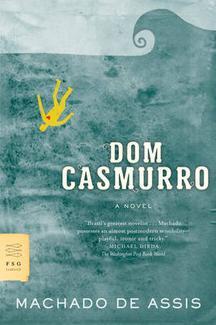 Dom Casmurro by Joaquim Maria Machado de Assis (1899).
Dom Casmurro by Joaquim Maria Machado de Assis (1899).
Appreciation of Joaquim Maria Machado de Assis’s Dom Casmurro by Michael Griffith
In 1878, nearing forty and afflicted by epilepsy and rickets, Machado, a successful but conventional Brazilian romancier, withdrew from Rio to convalesce. He returned not only rejuvenated but transformed; in coming decades he would write, among other works, three classic novels: Posthumous Memoirs of Brás Cubas, Philosopher or Dog?, and Dom Casmurro.
Dom Casmurro (“Lord Taciturn”) is Bento Santiago, an affluent old man undone by jealousy. He believes that his wife, Capitu, betrayed him; his friend Escobar must be the real sire of Bento’s son. Yet what’s most remarkable here is not the story but the storytelling. There’s its fragmented form (148 chapters in scarcely 250 pages); there’s Machado’s mixture of scathing satire with empathy for his narrator, whose autobiography is part legal brief, part cri de coeur, part special pleading, even (covertly, poignantly) part mea culpa. But Machado’s signal feat is his pioneering handling of unreliable narration.
Though Bento prosecutes his case zealously, his evidence boils down to the oft-repeated fact that Capitu has “eyes like the tide.” Bento may be deluded, even reprehensible, but we are not allowed to laugh at him, to think ourselves superior. He’s like us. And if every narrator is subject to similar blindness and self-pity, how to trust anyone? The question would loom large in twentieth-century literature.
The reader, too, is implicated. Bento writes, “[E]verything is to be found outside a book that has gaps, gentle reader. This is the way I fill in other men’s lacunae; in the same way you may fill in mine.” Reader, jury, do with me what you will. Machado admits into his text radical postmodern ambiguity, years before its heyday, for what book does not have gaps, is not made up of gaps?
Allusive, psychologically penetrating, politically charged, darkly funny, Dom Casmurro links Sterne to Barthelme, Flaubert to Nabokov, and remains startlingly fresh.
Total Points: 4 (MGri 4)
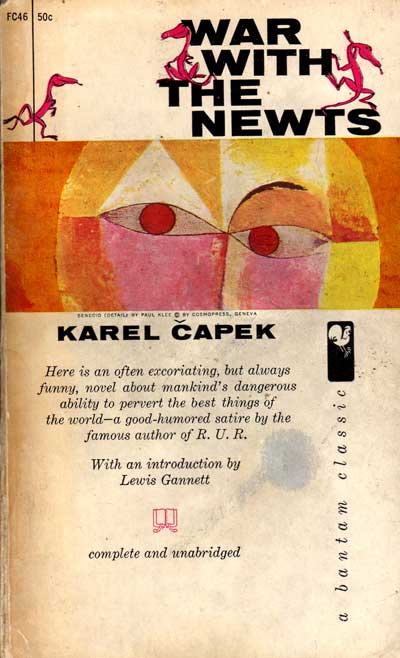 The War with the Newts by Karel Capek (1936). This prescient and humorous Czech novel—part allegory, part satire, part science fiction romp—begins with the discovery of a new species of giant newt by a sea captain in an obscure tropical bay. Initially exploited for their pearl-harvesting abilities, the newts become the objects of scientific experimentation and then a massive global slave trade before they rise up and revolt, bringing humanity to its knees.
The War with the Newts by Karel Capek (1936). This prescient and humorous Czech novel—part allegory, part satire, part science fiction romp—begins with the discovery of a new species of giant newt by a sea captain in an obscure tropical bay. Initially exploited for their pearl-harvesting abilities, the newts become the objects of scientific experimentation and then a massive global slave trade before they rise up and revolt, bringing humanity to its knees. White Noise
White Noise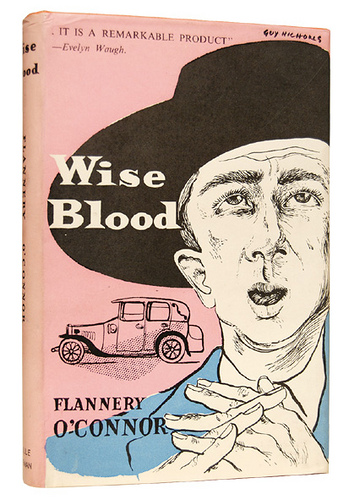 Wise Blood
Wise Blood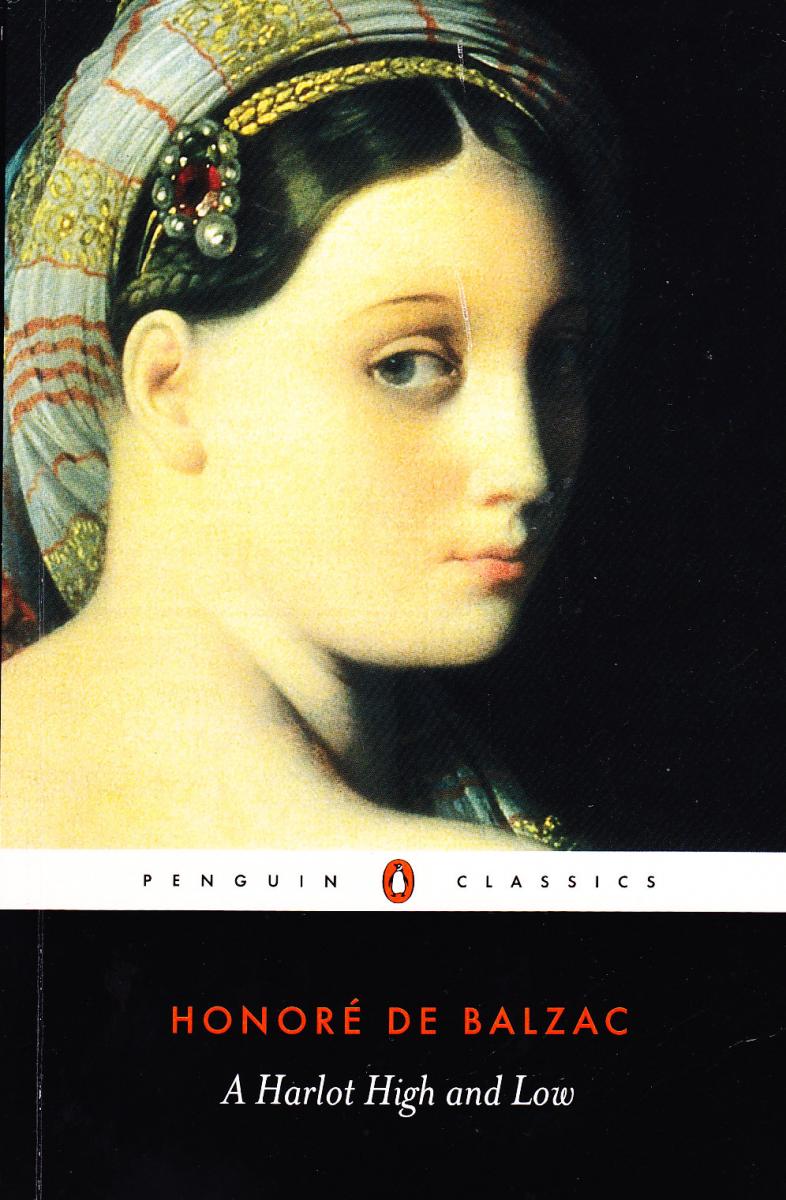 A Harlot High and Low
A Harlot High and Low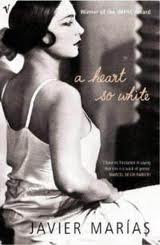 A Heart So White
A Heart So White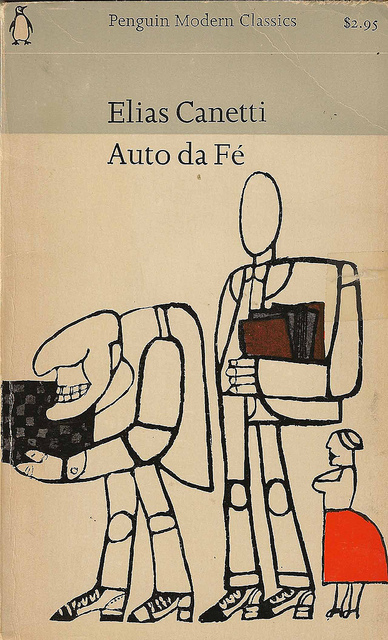 Auto-da-Fé
Auto-da-Fé Borderlands/La Frontera
Borderlands/La Frontera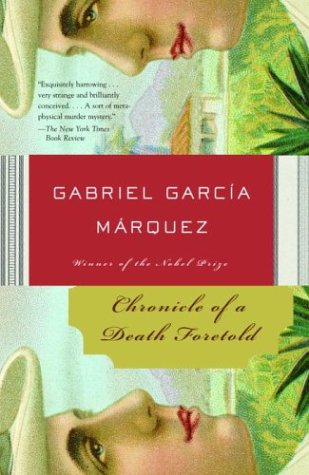 Chronicle of a Death Foretold
Chronicle of a Death Foretold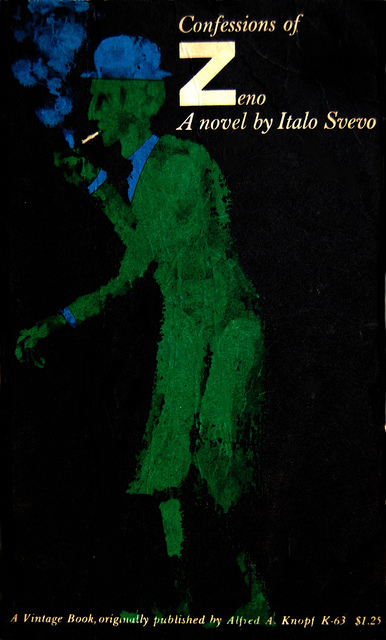 Confessions of Zeno
Confessions of Zeno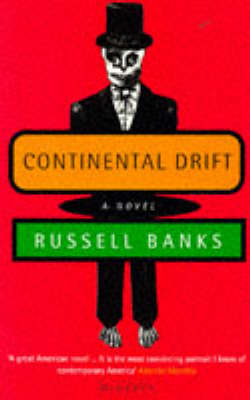 Continental Drift
Continental Drift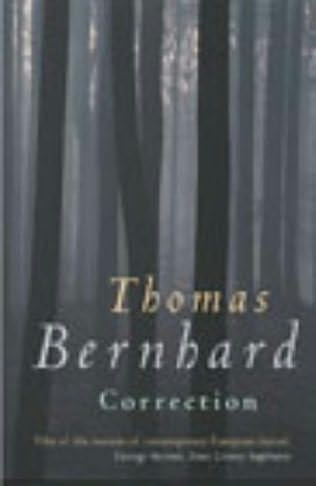 Correction
Correction Dom Casmurro
Dom Casmurro Don’t Let’s Go to the Dogs Tonight
Don’t Let’s Go to the Dogs Tonight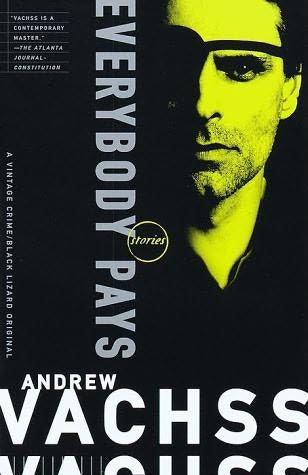 Everybody Pays
Everybody Pays Fight Club
Fight Club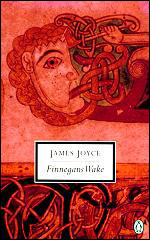 Finnegans Wake
Finnegans Wake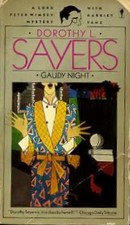 Gaudy Night
Gaudy Night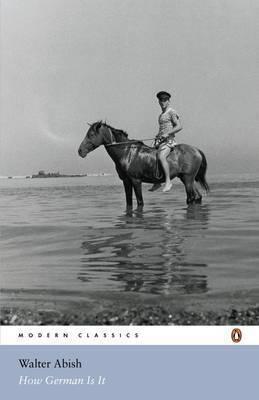 How German Is It
How German Is It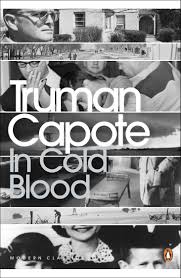 In Cold Blood
In Cold Blood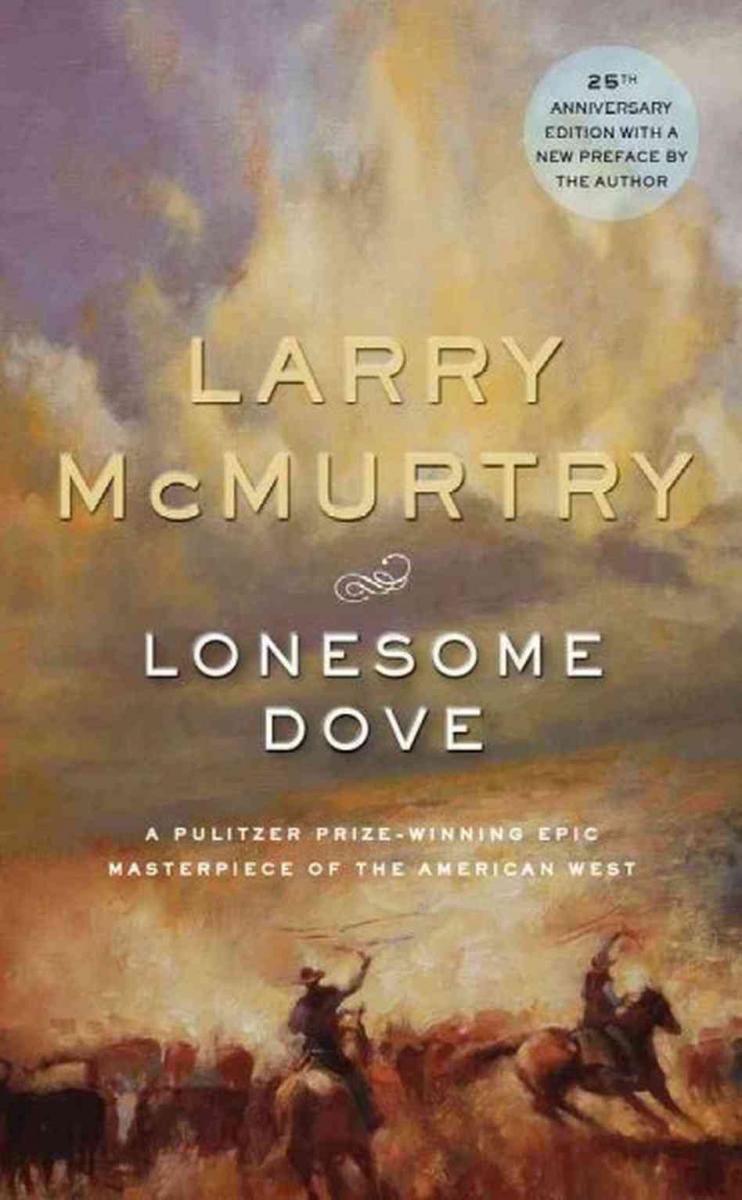 Lonesome Dove
Lonesome Dove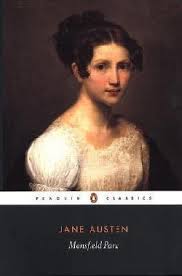 Mansfield Park
Mansfield Park Night
Night